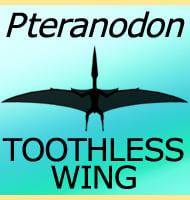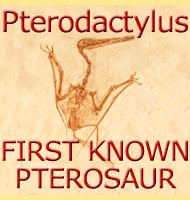Pteranodon
In Depth Multiple species and the differences between male and female. Much like the pterosaurs Pterodactylus and Rhamphorhynchus, Pteranodon has suffered from the wastebasket taxon effect. This is because at the time of its discovery it was the only known toothless pterosaur, and as such any remains that suggested a toothless pterosaur were almost automatically … Read more


